An innovative microscopy technique bridges the gap between field of view and resolution.
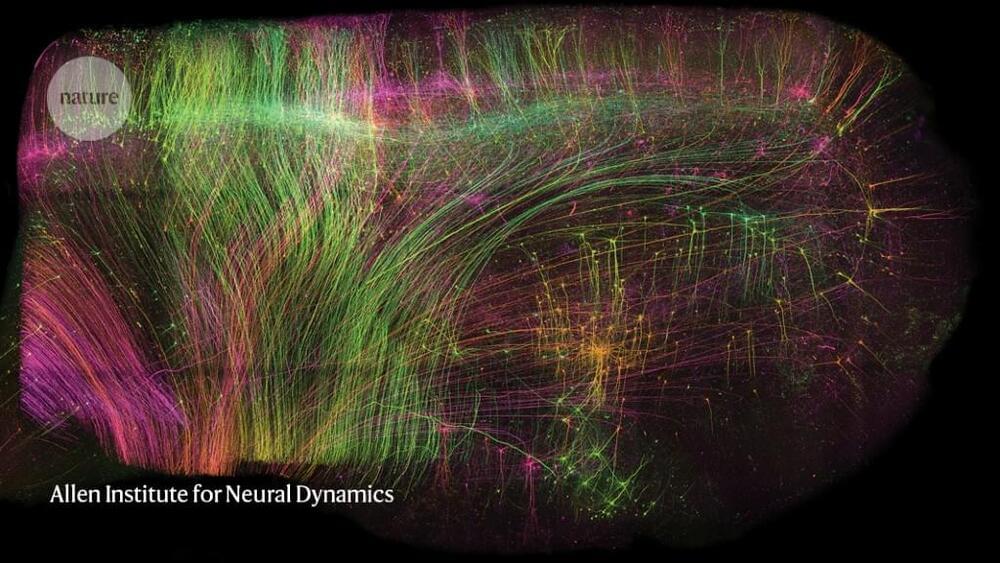


Hints from the bowhead whale genome published nearly a decade ago predicted that the mammals may use this alternate strategy (SN: 1/6/15). “But you need actual experiments to actually validate those predictions,” Tollis says.
In the lab, study coauthor Vera Gorbunova at the University of Rochester in New York and her colleagues ran an assortment of experiments on cells harvested from bowhead whale tissue, as well as on cells from humans, cows and mice.
The whale cells were both efficient and accurate at repairing double-strand breaks in DNA, damage that severs both strands of the DNA double helix. Whale repair restored broken DNA to like-new condition more often than cells from other mammals, the team found. In those animals, mends to the genome tended to be sloppier, like a poorly patched pair of jeans. The team also identified two proteins in bowhead whale cells, CIRBP and RPA2, that are part of the DNA repair crew.
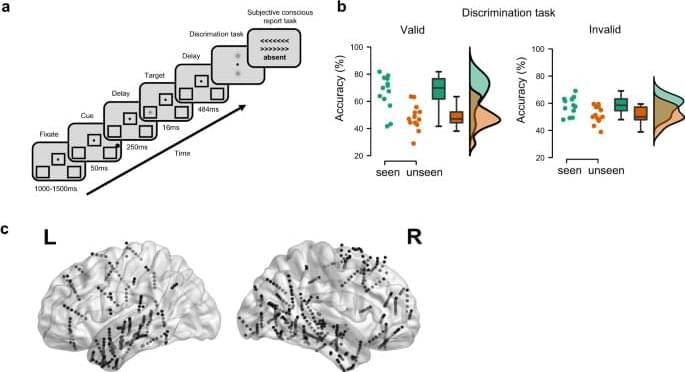
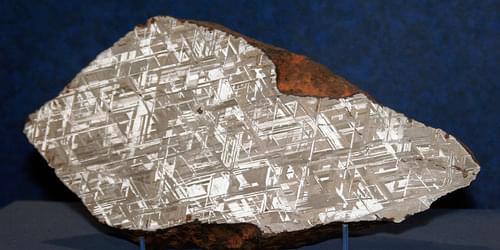
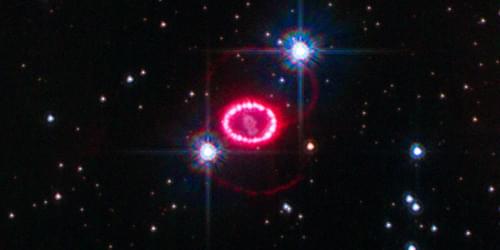
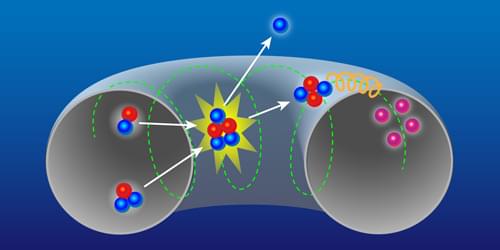
The observation of self-heating in magnetically confined plasmas represents a milestone on the road to fusion reactors based on such plasmas.
A fusion reactor would generate electricity using the energy released by nuclear-fusion reactions occurring in a plasma. A key step in the race toward realizing the dream of such a reactor is the creation of a burning plasma—one in which the fusion reactions themselves supply most of the heating needed to keep the plasma at fusion-relevant temperatures. This step has recently been demonstrated for inertially confined plasmas [1, 2] (see Research News: Ignition First in a Fusion Reaction) but has so far remained elusive for magnetically confined ones. This goal could now be within reach thanks to direct evidence for fusion-induced heating of electrons in magnetically confined plasmas obtained by Vasily Kiptily and colleagues at the UK-based Joint European Torus (JET) facility [3].
The fusion of two heavy hydrogen isotopes—deuterium (D) and tritium (T)—presents the most promising path to a fusion reactor, both because of the relative ease in getting these isotopes to fuse and because of the large amount of energy released in each reaction. When D and T fuse, an alpha particle (a helium-4 nucleus) and a neutron are generated, carrying the released energy in the form of kinetic energy. The goal of achieving energy production from controlled fusion on Earth relies on the created alpha particles remaining in the plasma and heating the fusion fuel to keep the reactions going, while the kinetic energy of neutrons escaping the plasma is converted to electrical energy.

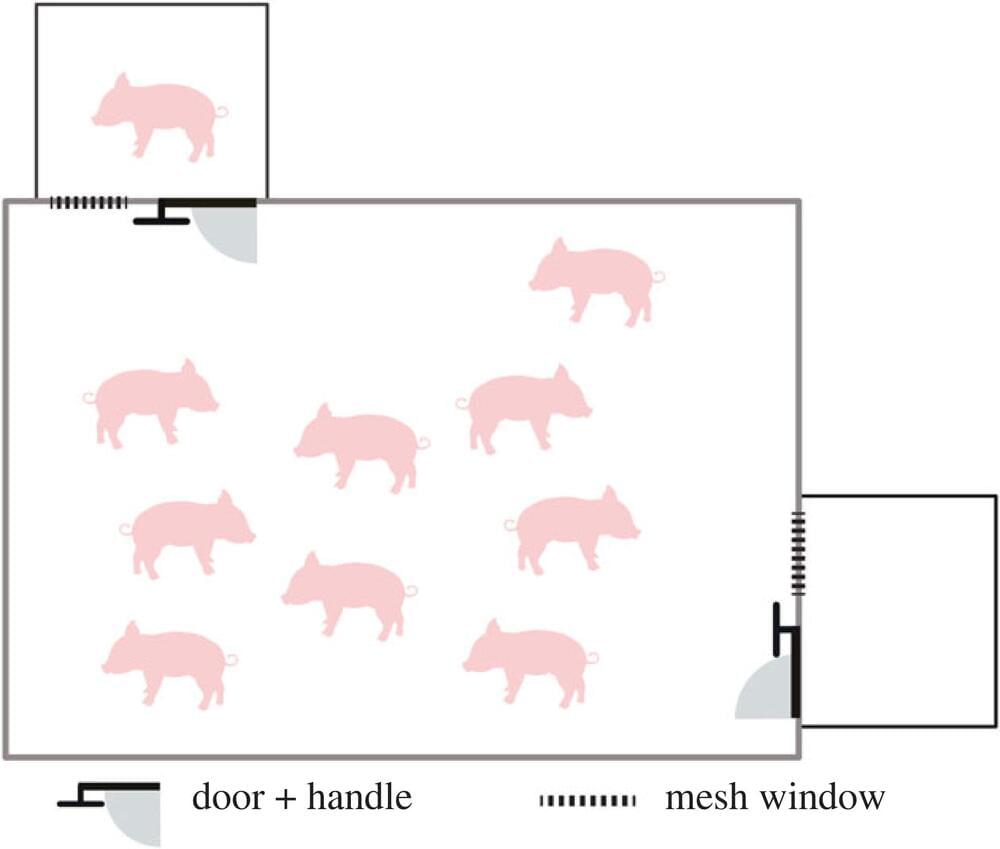
Pigs are generally considered to have high intelligence, and new research shows that they may also be empathic to other members of their social groups, helping them during instances of need. But is this behavior truly unselfish, or is it driven by goal-specific motivations?
To investigate, researchers from the Research Institute for Farm Animal Biology in Germany and Austria’s University of Veterinary Medicine Institute of Animal Welfare Science have studied helping behavior among social groups of domestic pigs. Their work, titled “Spontaneous helping in pigs is mediated by helper’s social attention and distress signals of individuals in need,” is published in Proceedings of the Royal Society B.
In the wild, animals will often help members of their social groups in times of distress, defending them against predators or releasing them from traps, snares, or other types of confinement. There is no general consensus over whether such helping behavior is truly empathic, or whether it might be driven by a more selfish motivation.
Click image for animation of DBS for post-stroke rehabilitation
A first-in-human trial of deep brain stimulation (DBS) for post-stroke rehabilitation patients by Cleveland Clinic researchers has shown that using DBS to target the dentate nucleus – which regulates fine-control of voluntary movements, cognition, language, and sensory functions in the brain – is safe and feasible.
The EDEN trial (Electrical Stimulation of the Dentate Nucleus for Upper Extremity Hemiparesis Due to Ischemic Stroke) also shows that the majority of participants (nine out of 12) demonstrated improvements in both motor impairment and function. Importantly, the study found that participants with at least minimal preservation of distal motor function at enrollment showed gains that almost tripled their initial scores.

New work led by researchers at the University of Exeter, King’s College London, the London School of Hygiene and Tropical Medicine and the University of Liverpool has found that women who had at least one contact with mental health services in the seven years prior to their pregnancy were at increased risk of preterm birth.
The study, “Obstetric and neonatal outcomes in pregnant women with and without a history of specialist mental health care: a national population-based cohort study using linked routinely collected data in England,” published in Lancet Psychiatry, analyzed data from more than two million pregnant women, and found that one in 10 women who had used mental health services before their pregnancy had a preterm birth, compared to one in 15 in those who had not.
Researchers also found that women who had used mental health services faced a higher risk of giving birth to a baby that was small for its gestational age, increasing from 65 per 1,000 births in women who had not used mental health services to 75 per 1,000 births in women who had.